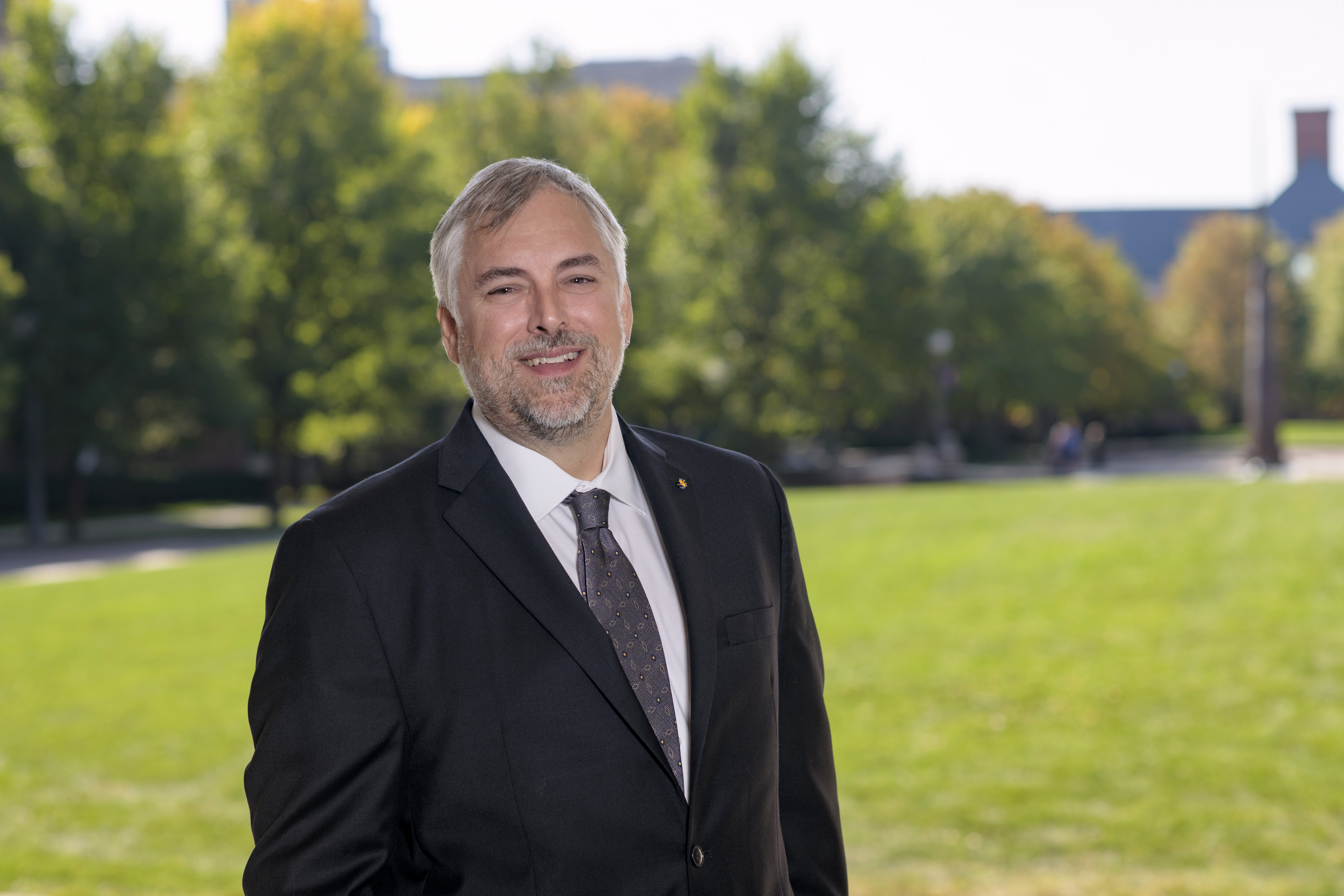ALBANY, N.Y. (Feb. 18, 2021) – A blast of winter weather knocked out power for more than 4 million people in Texas, as record-low temperatures brought on a demand for heat that the state’s electric grid could not keep up with. The unusual snowy conditions have shut down grocery stores, air travel and schools with more frigid days ahead.
The University at Albany is home to 120 atmospheric, climate and environmental researchers, many of whom are creating smart weather-based solutions to help improve forecasting and mitigate the impacts of extreme storms for New Yorkers.
The following UAlbany experts are available to discuss the Texas power crisis:
Nick Bassill, Director of Research & Development, Center of Excellence in Weather & Climate Analytics
Bassill is engaged in connecting both public and private sector weather needs with the latest meteorological research. He has led the development of a number of customizable weather tools to help partners make important decisions around severe weather.
Most recently, he partnered on the development of a new weather forecasting tool that offers real-time predictions on storm outages, electrical load and renewable energy generation for New York utilities.
Quote: “One of my main drivers is the knowledge that utilities – and energy in general – can improve operations by making better use of available weather data like observing networks and forecasting models. Understanding situational weather risks can improve planning for a variety of outcomes.”
Richard Perez, Senior Research Associate, Atmospheric Sciences Research Center
Perez leads renewable energy research at UAlbany where he is focused on the fields of solar radiation, solar energy applications and daylighting.
He and his colleagues published a blueprint for achieving 100 percent clean energy in the United States by 2040, focusing on a cost-effective solution that bridges the gap between production of renewables and customer demand.
Quote: “The leading cause of the blackout was an intense cold snap and surging electrical demand that could not be met by available on-line generation, a perfect recipe. Renewable resources (chiefly wind in Texas) had very little to do with the core of the problem. Better long term meteorological predictions – week(s) ahead – to bring mothballed generation is critically important for emergency stand-by operation.”
About UAlbany’s Weather-Climate Enterprise:
With close to 120 faculty, researchers and staff, UAlbany hosts the largest concentration of atmospheric, climate and environmental scientists in New York State, and one of the largest in the nation. Led by its Department of Atmospheric and Environmental Sciences and Atmospheric Sciences Research Center, UAlbany is also home to the NYS Center of Excellence Weather-Climate Business Analytics, the xCITE R&D laboratory, and the New York State Mesonet – the most advanced mesoscale weather observation system in the nation.
###


